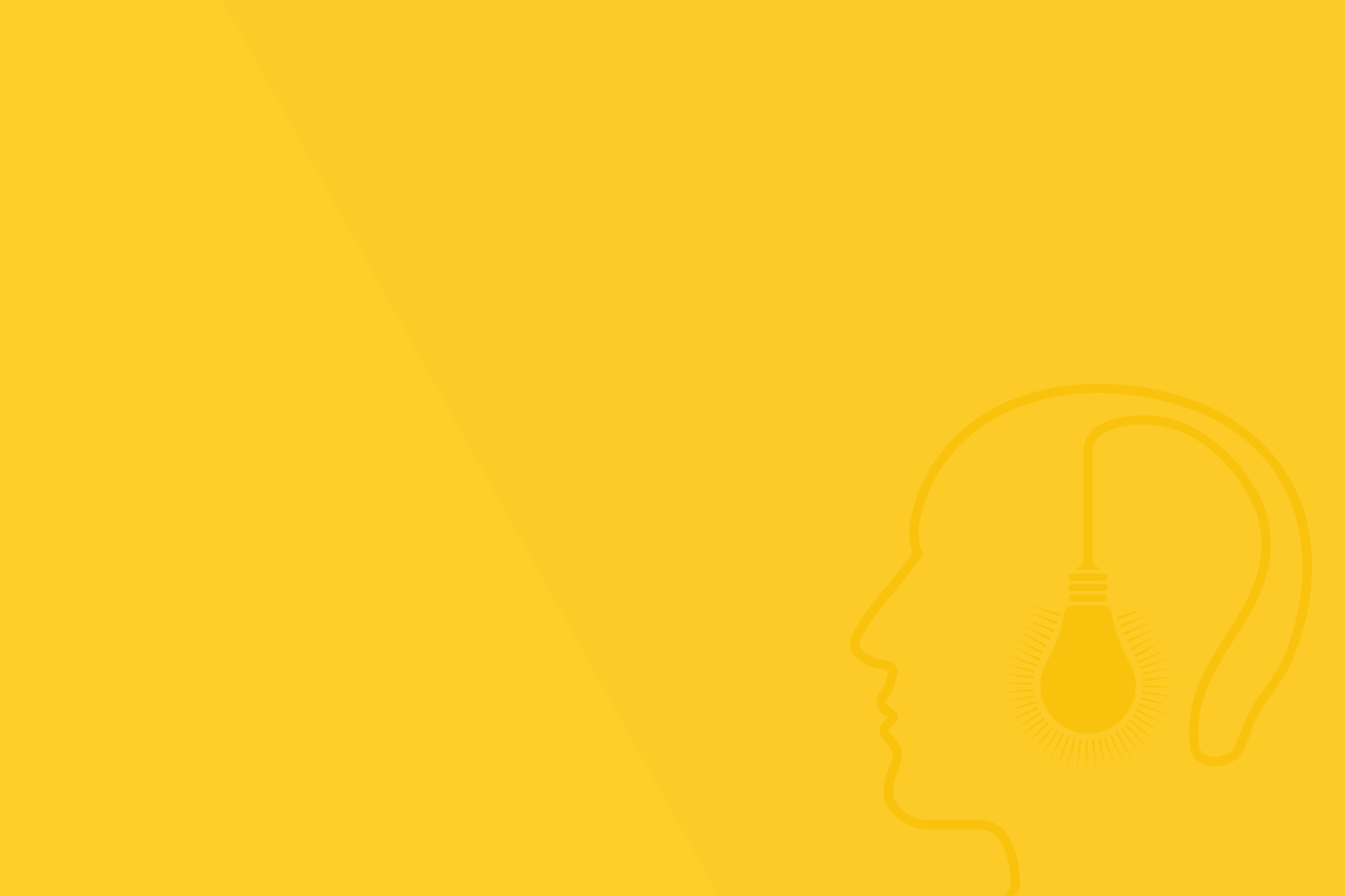Meet
Client Meeting, Client Requirments/ Ideas, Analysis What Client Needs,Collect data.
Plan
Content/Functionality Outline, Diagram, Page Description Diagrams.
Design & Development
Coding, Layout Main Sections, Review/Adjust Project Timeline, Build and Integrate Project.
Client Feedback
Draft Visual Designs, Wire Frame Layouts, Feedback, Refine Deign, Select Design.
Testing
Quality Assurance Testing, PrioritzeIssues, Refine.
Launch
Design Quality Check, Approval and launch.
Structured Approach: Our Process models provide a structured approach to web design, breaking down the project into manageable phases helps in organizing the workflow efficiently.
Clear Direction: Process models outline the sequence of steps to be followed in web design, providing a clear direction to the designers and developers involved.
Efficient Resource Allocation:
By defining specific phases and tasks, process models facilitate the efficient allocation of resources such as time, budget, and manpower.Risk Reduction: Process models often include checkpoints and review stages, which help in identifying and mitigating potential risks early in the project lifecycle.
Improved Communication: Process models enhance communication among team members, clients, and stakeholders by providing a common framework and terminology.
Quality Assurance: Process models typically incorporate quality assurance measures at various stages of the web design process. This includes testing, feedback loops, and revisions, all of which contribute to delivering a quality product.
Client Satisfaction: By following a structured process model, web design agencies can better manage client expectation.


